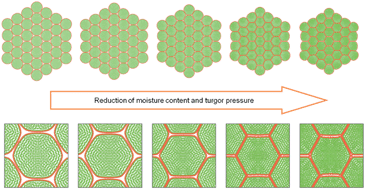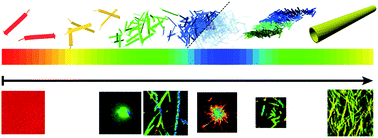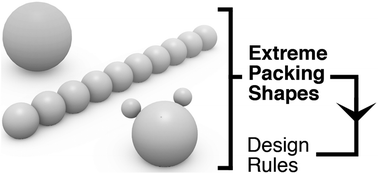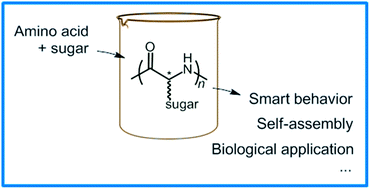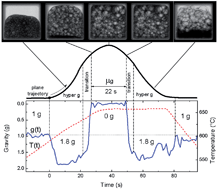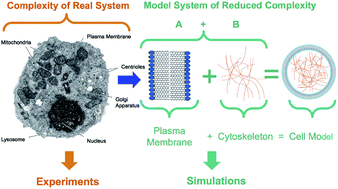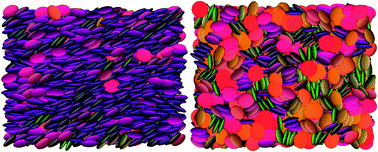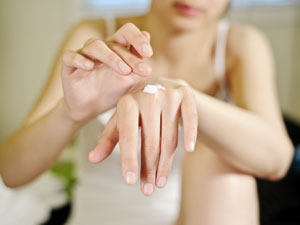Did you know that an essential part of Soft Matter’s scope is the theory, modelling and simulation of soft matter systems?
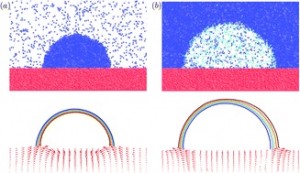 At Soft Matter, we are excited by the insights and understanding of soft matter that can be gained through computational and theoretical methods. We are committed to publishing the highest quality research in these areas.
At Soft Matter, we are excited by the insights and understanding of soft matter that can be gained through computational and theoretical methods. We are committed to publishing the highest quality research in these areas.
Helping us to achieve this aim are our Editorial Board members Michael Rubinstein (University of North Carolina, USA), Christos Likos (University of Vienna, Austria), Anna Balazs (University of Pittsburgh, USA) and Sam Safran (Weitzmann Institute of Science, Israel)- all leading researchers in the theory, modelling and simulation of soft matter.
We asked Michael, Christos, Anna and Sam to choose their favourites from the computational and theoretical papers published recently in Soft Matter.
Below are their highlights. All the papers selected are now free to access* until 30th June 2014 :
Theory of two-dimensional self-assembly of Janus colloids: crystallization and orientational ordering Homin Shin and Kenneth S. Schweizer
Annealed lattice animal model and Flory theory for the melt of non-concatenated rings: towards the physics of crumpling Alexander Y. Grosberg
Alignment of cylindrical colloids near chemically patterned substrates induced by critical Casimir torques M. Labbé-Laurent, M. Tröndle, L. Harnau and S. Dietrich
Shape selection in chiral ribbons: from seed pods to supramolecular assemblies Shahaf Armon, Hillel Aharoni, Michael Moshe and Eran Sharon
From adhesion to wetting of a soft particle Thomas Salez, Michael Benzaquen and Élie Raphaël
Modeling the response of dual cross-linked nanoparticle networks to mechanical deformation Balaji V. S. Iyer, Isaac G. Salib, Victor V. Yashin, Tomasz Kowalewski, Krzysztof Matyjaszewski and Anna C. Balazs
Elasto-capillarity at the nanoscale: on the coupling between elasticity and surface energy in soft solids Joost H. Weijs, Bruno Andreotti and Jacco H. Snoeijer
Phase separation dynamics on curved surfaces Davide Marenduzzo and Enzo Orlandini
*Free access to individuals is provided through a RSC Publishing personal account. Registration is quick, free and simple.
We invite you to submit your next research paper in these areas to Soft Matter.
About the Editors
 Michael Rubinstein is Chair of the Soft Matter Editorial Board and a Professor at the University of North Carolina, USA. Michael’s research interests are in the area of theoretical soft condensed matter physics with an emphasis on polymer physics. His main scientific contributions include theories of polymer entanglements, dynamics of reversible networks, and models of charged polymers. His recent scientific interests are in applications of polymer physics to biological systems.
Michael Rubinstein is Chair of the Soft Matter Editorial Board and a Professor at the University of North Carolina, USA. Michael’s research interests are in the area of theoretical soft condensed matter physics with an emphasis on polymer physics. His main scientific contributions include theories of polymer entanglements, dynamics of reversible networks, and models of charged polymers. His recent scientific interests are in applications of polymer physics to biological systems.

Christos Likos is a Professor at the University of Vienna, Austria and handles submissions as a Soft Matter Associate Editor. His research interests revolve around coarse-graining, structure and dynamics of complex fluids, mainly solutions of colloidal particles and macromolecular aggregates. He is Coordinator of the EU-wide ITN “Physics of Complex Colloids: Equilibrium and Driven”, a joint effort of leading laboratories to analyze the properties of complex fluids in- and out-of-equilibrium.

Anna Balazs is a Distinguished Professor of Chemical and Petroleum Engineering at the University of Pittsburgh. Her research interests centre on theoretical and computational modelling of the thermodynamic and kinetic behaviour of polymer blends and composites. She is also investigating the properties of polymers at surfaces and interfaces.
Sam Safran has been a Professor in the Department of Materials and Interfaces of the Weizmann Institute, Israel, since 1990. He also served as Vice President of the Weizmann Institute and Dean of its Graduate School. From 1980-1990 he was at the Exxon Corporate Research Labs where he worked on the theory of soft matter with a focus on the structure and phase behavior of oil-water-surfactant dispersions. His recent research interests have extended soft matter concepts to treat synthetic and biological membranes and cells.
Comments Off on Editors’ Highlights: Computational and theoretical soft matter












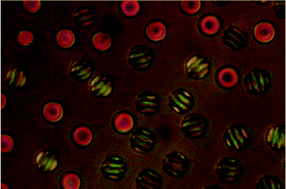
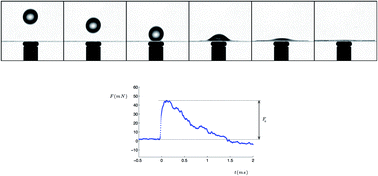
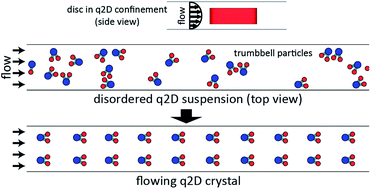
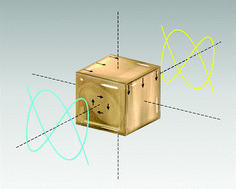
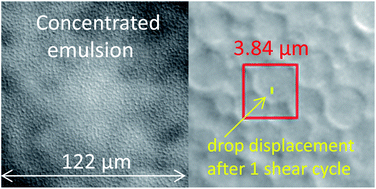

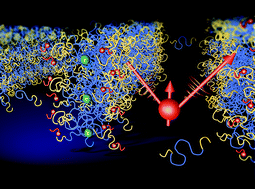
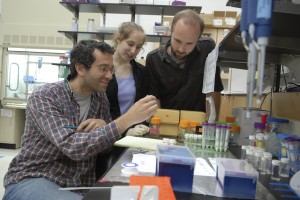





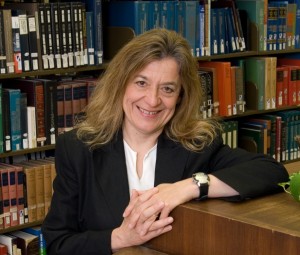
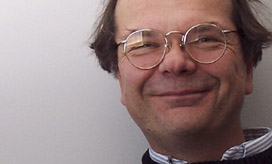 Paul Janmey
Paul Janmey